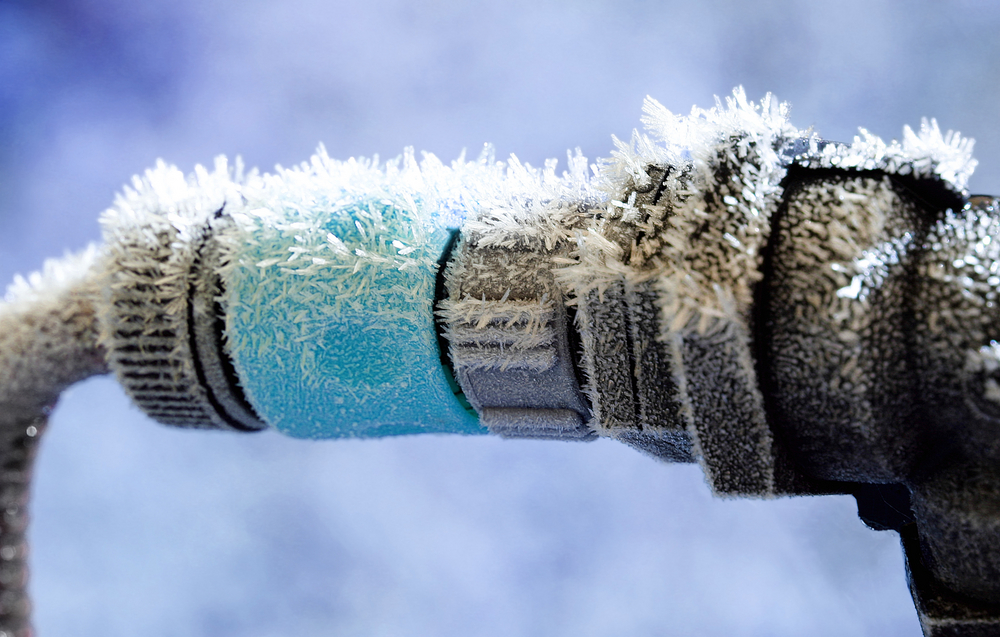As the winter weather approaches, we start to make changes in order to take into account the ice, snow and slush that will be hear for the next few months. Most of us mark the beginning of winter by changing over to winter tires, but do we think about winterizing our homes? Draining the outside pipe connections is a great way to stop your pipes from freezing this winter which could cause a costly claim!
Water damage continues to be a major cause of insurance claims across Ontario, whether caused by sump pump failures, spring thaw, sewer backup or ruptured pipes due to freezing. There are many different things you can do to winterize your home ahead of the freezing temperatures. Keeping your home heated to at least 55 degrees Fahrenheit (13°C) will help prevent your pipes from freezing and breaking during the winter months, but this is just a start.
You can help prevent water from freezing within your pipes leading to them bursting and causing damage by following these few simple steps.
Step 1
First walk around the outside of your property and disconnect any hoses. This helps protect your home by ensuring that any water left in the hose cannot enter the pipes as well as protecting your hose from cracks and leaks through the winter.

Step 2
Go inside of your home and locate the outdoor shut off valve, usually located near the ceiling close to the outdoor faucet. If it is a tap turn it clockwise (right) to close it. If it is a lever, turn it so that it runs perpendicular to the pipe (see image).
Step 3
Turn the water off and then go outside and open the faucet until the water has completely drained out. Go back inside and get a bucket and towel. Unscrew the bleed valve at the base of the shut off valve and let the rest of the water between the outdoor tap and main valve drain out.
Step 4
Repeat this process for any additional outdoor taps. and don’t forget the one in your garage if you have one as most garages are not heated.
If your home has more than one outdoor water supply, you will need to repeat these steps for each one.
Other small steps you can take include:
- Identify cooler rooms in your home
- Add external insulation for pipes
- Run your taps frequently
- Have house sitters while you are away
These steps should be taken before the freezing temperatures arrive in order to prevent an expensive water damage claim in your home. If you have any concerns or questions regarding your specific home it is best to contact a licensed plumber.
Special Note:
Using frost free taps can help avoid pipe’s bursting. The valve is located inside of your home and is kept much warmer helping prevent water from freezing. However, even if you have installed these taps you should still complete the steps as highlighted above. Frost free taps will not protect your hoses from bending and cracking through the winter. They should still be removed to let out any excess water build up.


